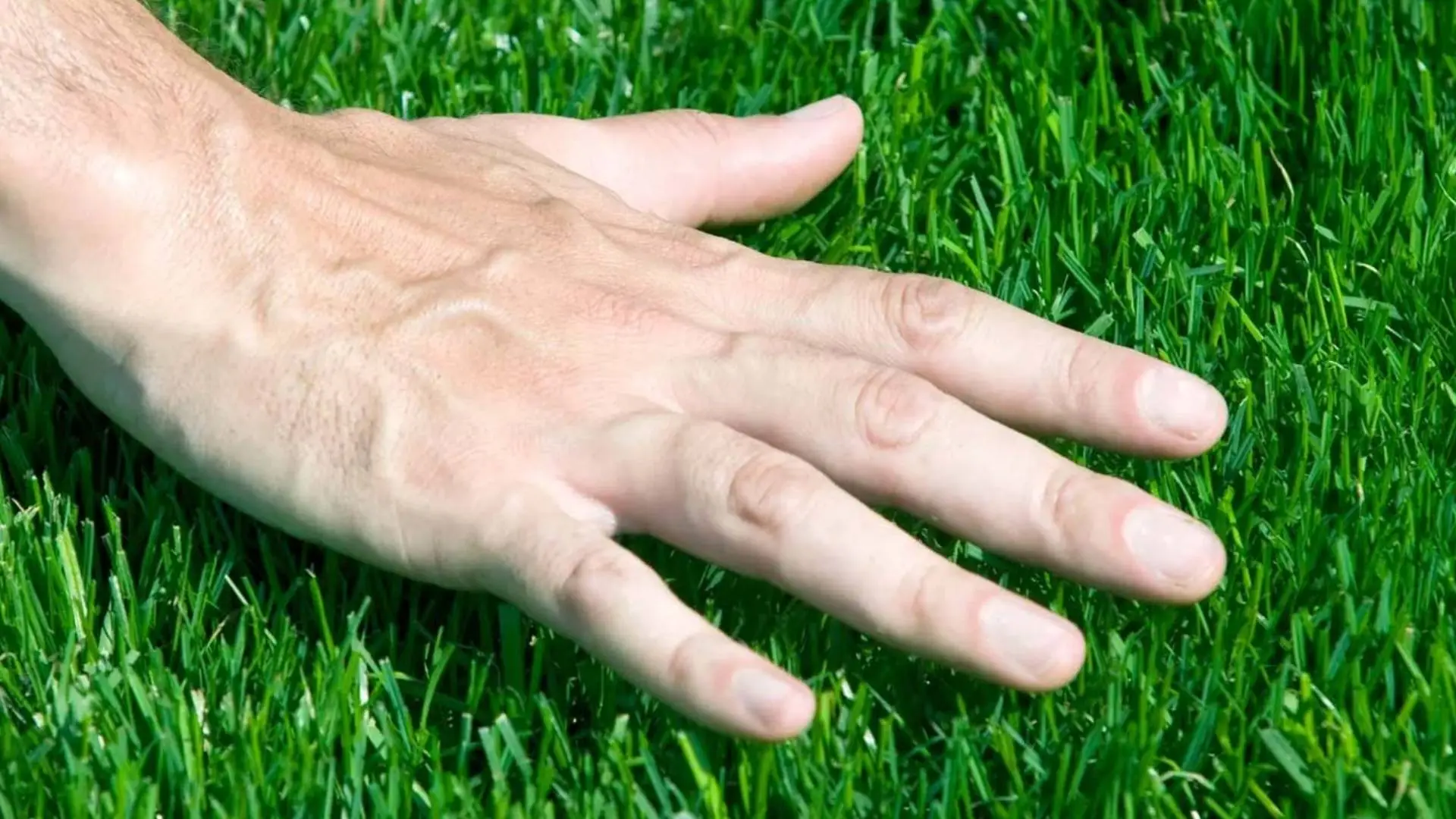At Extreme Landscaping, we receive a lot of calls from clients and homeowners in Las Cruces and El Paso inquiring about watering their new lawn. Based on these inquiries, we decided to compile a list that our "Extreme Green Experts" use after installing sod for our clients.
Caring for your new sod during the first 10 days is crucial to starting a beautiful lawn.
What are the biggest tips we can provide?
- Don’t allow the sod to dry out. It must be kept wet and damp at all times. Note: You do not want the sod to be soggy to the point where you sink when stepping on it or have standing water! If this occurs, turn off water and allow it to dry.
- Traffic on the sod must be limited. Do not walk on it unless absolutely necessary. If possible, limit pet activity and keep any machinery off the sod for the first 3 weeks.
- Check for any signs of disease, such as fungus, within 3 days of the sod installation. This is more likely to occur when the temperature and humidity levels are high.
- When Extreme Landscaping installs your lawn, we use a starter fertilizer to help the root system take hold faster. Additionally our sod comes fertilized from the sod farm. No need to fertilize for at least 6 weeks after installation.
- Wait to mow your new lawn for at least 3 weeks after installation. Check to see that lawn is taking root by gently lifting an edge on the sod. If the corner lifts easily, do not mow your lawn yet.
Consistent Watering is Essential
The sod must be thouroughly soaked when it is first installed. Be sure that the soil underneath it is wet about 4 to 6 inches down. Watering for about 30 minutes a section (Zone) will usually achieve this. You can check it by pulling a corner of the sod back and sticking a screwdriver into the soil. If it’s wet at 4 to 6 inches, your good. If not, water it some more.
Days 1-7: Water your sod evenly for 30 minutes a section twice a day. This is best done in the morning and the late afternoon or early evening. If you don’t have a sprinkler system be sure to move the hose daily so it doesn’t kill the grass that it’s laying on.
If some of the grass is turning yellow it is not getting enough water in those areas. Water more, or move your sprinkler to correct this. Be sure to water the edges and perimeter of the sod. These spots are often over looked.
Check your lawn once a day and make sure everything looks right.
Sod that hasn’t gotten enough water will appear to have a blue/ gray hue. If needed, adjust watering to add more time. Do not panic...sod will usually turn green again in about 7 days if it was caught and corrected soon enough.
Days 8-14: Reduce watering time back to 20 minutes a section twice a day. Once in the morning and once in the late afternoon or early evening. You should still check your lawn one time a day to make sure everything looks right.
Days 15-30: Reduce watering time to 20 minutes once per day. This is best done one hour before sunrise. Continue to monitor for any dry spots. You may need to use a garden hose to supplement any areas needing a little extra watering. At Day 21, check to roots to see if has established. If so, you can mow your lawn!
Day 31: Adjust your timer to 20-30 minutes and set watering to three times per week, one hour before sunrise. By now, you are getting to know your lawn and its needs. Watering duration times can vary based on the season, types of nozzles, soil type, and temperature. It is always best to water your lawn deeper with less frequency. This allows the soil to dry and allow oxygen to the root system to promote growth.
Pro Tip: Be careful not to scalp your lawn. Mow your new sod with your lawn mower set at a slightly higher setting. Aim for cutting no more than 1/3 of the total grass height at one time. You can reduce the height gradually over the next couple of mows.




Comments (0)
Thanks for your comment!
Thanks for your feedback! Your comments have been successfully submitted! Please note, all comments require admin approval prior to display.
Error submitting comment!
There is a problem with your comment, please see below and try again.